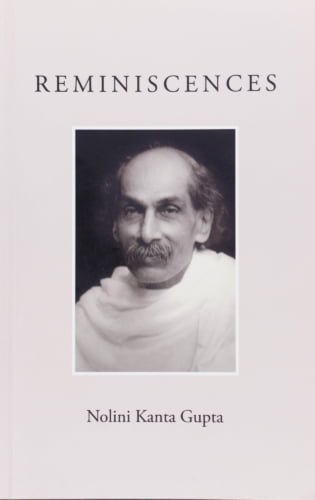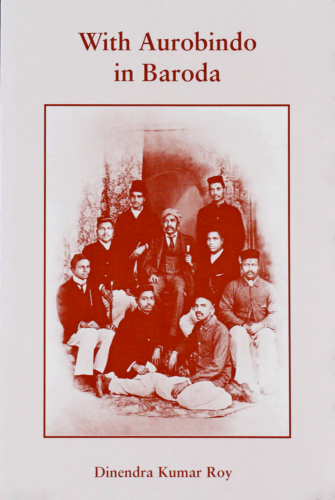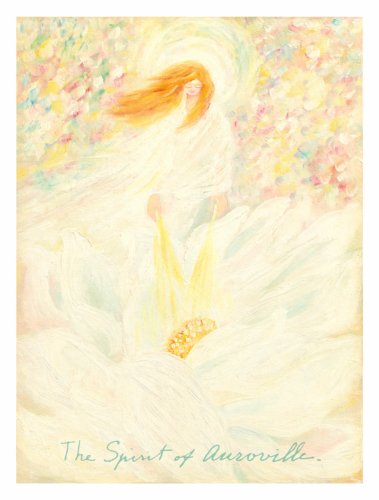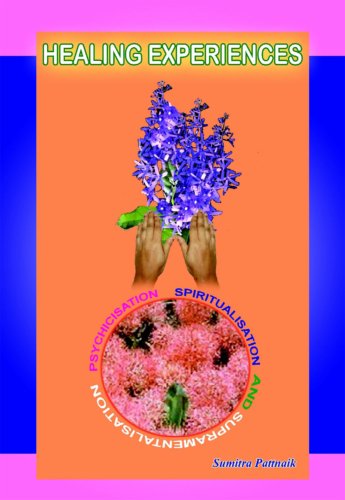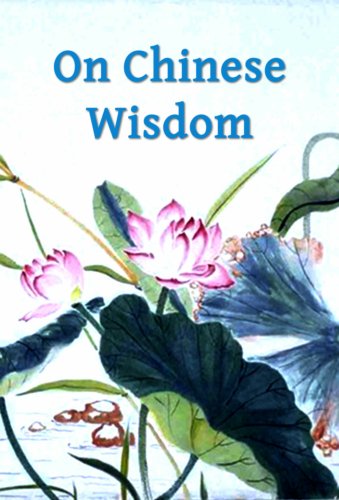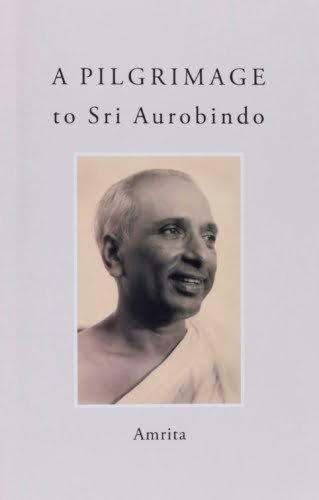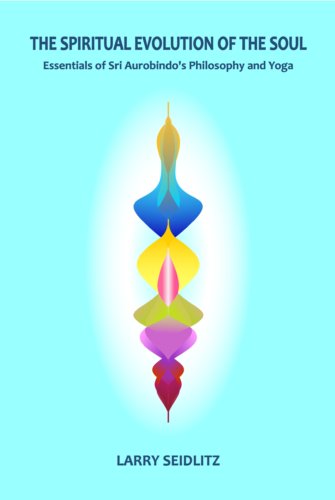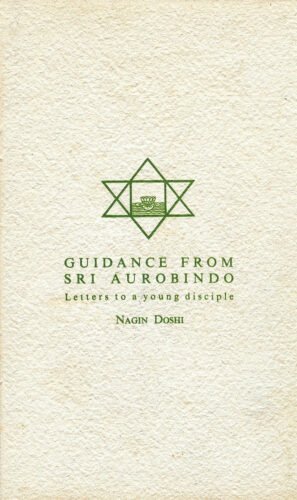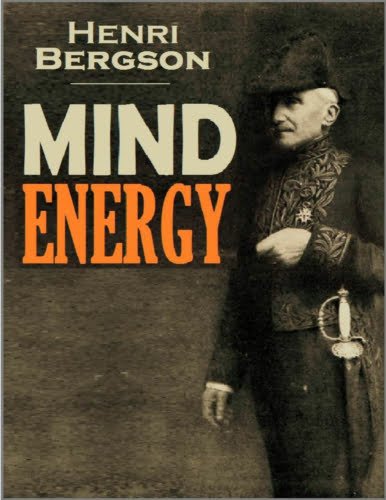Guidance from Sri Aurobindo
Letters to a young disciple
In this series of selected letters we have Sri Aurobindo’s guidance to a boy in his late teens. The letters, no less illuminating for all their simplicity, cover a fairly large number of subjects. As their recipient grew up more and more, the subjects naturally increased in significance. The correspondence with Sri Aurobindo ran up to 1937.
A brief personal background to the correspondence:
“I came to Pondicherry in 1931 when I was about fourteen years old. In those days the Mother did not admit youngsters into the Ashram. It was only out of her kindness that she made an exception in the case of four children: Bala, Romen, Shanti and myself. We did not have a school here at that time, nor were there regular study classes. Before coming, my mind was occupied with only two things — study and cricket: they were my life and my world. I had almost decided to go to Europe and become a big doctor. I first visited the Ashram during my school vacation just for the sake of making a nice long journey, certainly not for taking up Yoga. I stayed for a month and returned in time for the reopening of my school. During that stay, what the Mother did within my being I could hardly fathom. But the result was that I returned home to stay for only two days, I hurried back here with the full realisation that I could not possibly live, either happily or unhappily, without the Mother and Sri Aurobindo. Till 1933 I did not know what this strange thing called Yoga was. Hence the Mother and Sri Aurobindo were to me just like my own human mother and father. When the correspondence with Sri Aurobindo started, he had to teach me everything, not only what was meant by Yoga but also what culture, religion, philosophy and morality were. He used to correct my English, too, for quite a long time. Whatever I have gained in any way is a growth from the seeds he and the Mother sowed in me during those boyhood days.” – Nagin Doshi
Book Details
Author: Sri Aurobindo; Nagin Doshi
Print Length: 689 pages
Publisher: Sri Aurobindo Society
Book format: PDF, ePub, Kindle
Language: English Read more
